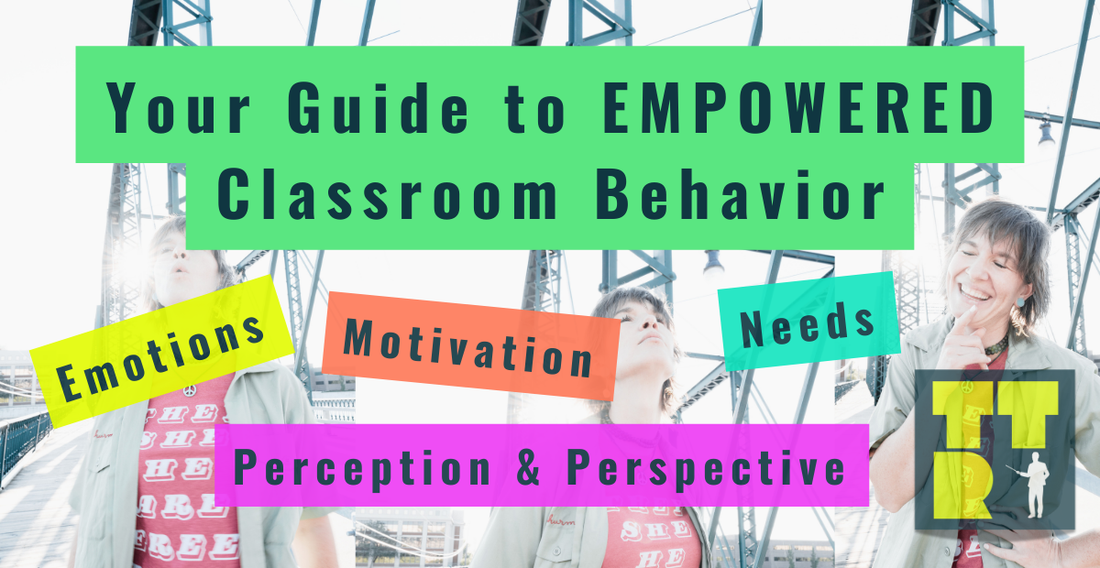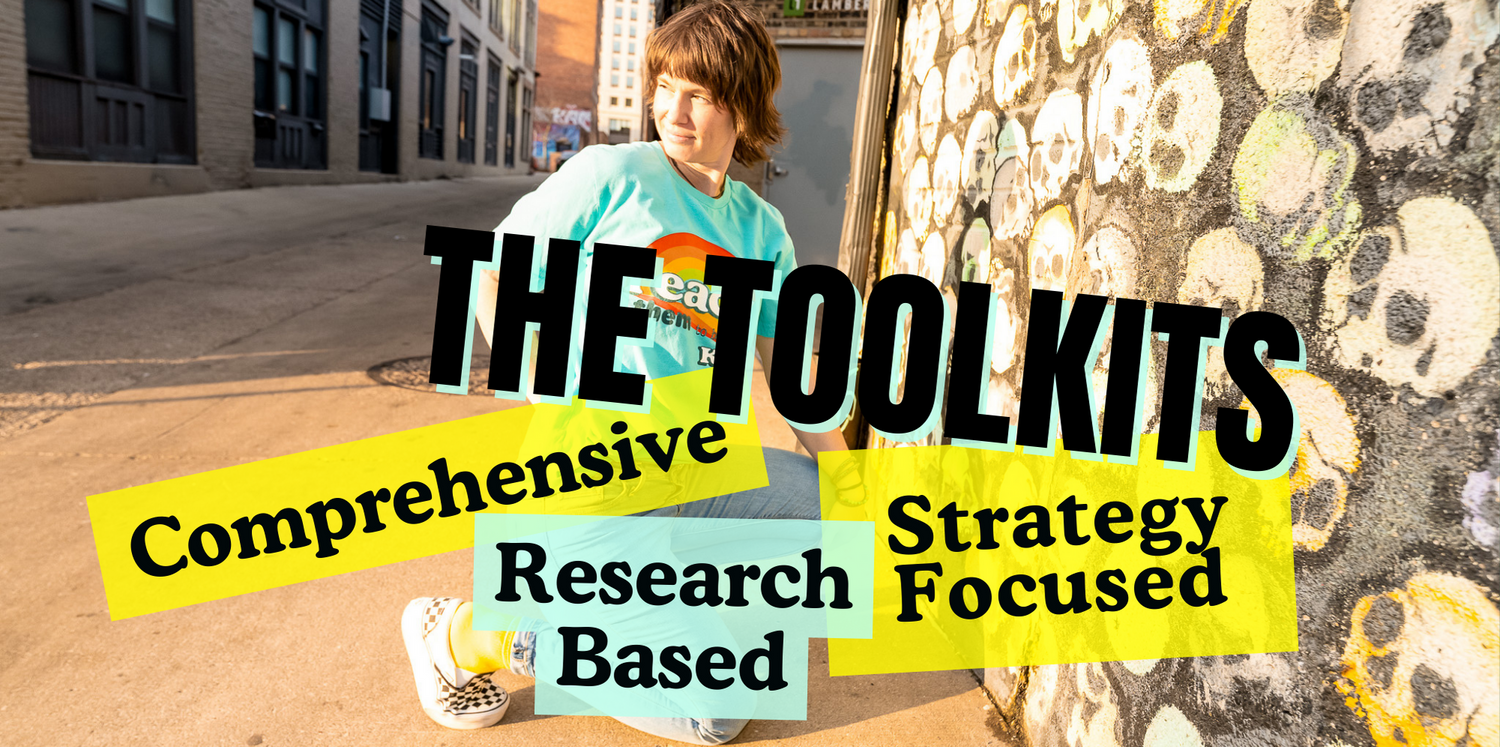
Perceptions and Reactions: Shaping Behavior
Share
Introduction:
So far, we've explored how behavior is a form of communication and how emotions drive these behaviors by influencing motivation. Now, let's look at how our perceptions and perspective can influence our reactions and thus influence students’ emotions and the overall atmosphere in our classrooms.
The Power of Perception and Perspective:
Our perceptions (sensory intake or what we see and hear) and our perspectives (shaped by our experiences and beliefs) play significant roles in our physiological and emotional reactions to behavior. Those reactions influence our ability to rationalize and problem solve which determines the likelihood of whether we escalate or de-escalate a situation.
Subliminal Influencers:
- Opinions and Judgments: The brain can be triggered by deviations from and challenges to what we understand as “normal, expected, or right.” This trigger response leads the brain to form opinions and judgements and bias our understandings and reactions.
- Assumptions: The brain loves to fill in gaps in understanding and it does that by making assumptions. These assumptions often lead to misunderstandings, which can lead us to inappropriate responses.
Constructive Responses:
By understanding the full context and multiple perspectives of a situation we can clarify our assumptions and judgements and respond in a way that moves us closer to our goal. When we are aware that the brain is designed to make judgements and form assumptions we can notice when it’s happening and pause.
I love using the acronym W.A.I.T: what, am, I, thinking?
We always want to prioritize growing our understanding and assisting others in growing theirs. We should challenge our assumptions and judgements whenever possible to grow our “understanding” muscle. This is why we should encourage information seeking or questioning behavior in our students.
Real-Life Application:
We must remain mindful of how our assumptions and judgments influence our reactions to others' behavior, especially with our students. By seeking to understand the full story, we can tailor our responses to be more conducive to positive changes.
Conclusion:
Helping students manage their behavior isn't just about addressing what we see on the surface. It involves understanding the deeper motivations, emotional states, and the influence of our perceptions, perspectives, and reactions . By becoming more aware of these factors, we can better support our students' needs and create a more effective and empathetic learning environment.
Do you want to bring this understanding into your school? Check out the Meet the Needs (MTN) Training for Schools and Districts.
The MTN Training is a 4 hour cooperative learning experience where I train your staff and teachers on the science of behavior, motivation, and needs in the classroom.
Described as “Comprehensive” and “Expertly Delivered”, this training explores how the 5 Needs influence the emotion and behavior of our students, our selves, and our loved ones. With the use of interactive and universal strategies to engage teachers and deepen their understanding and connection to the emotions and motivation of their students.
Check out the MTN Training HERE







